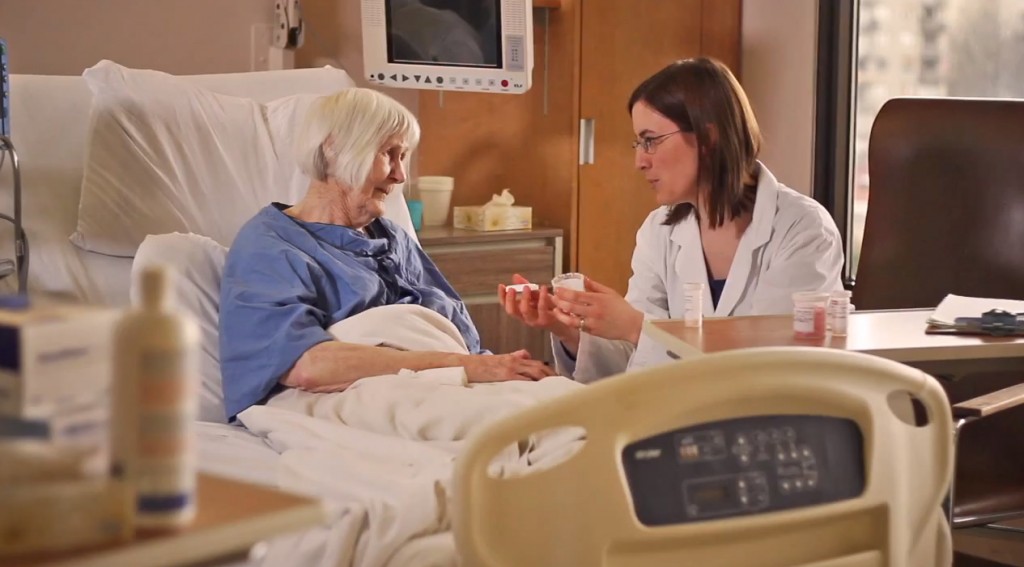“Pharmacists’ services…have been associated with improved health and economic outcomes, a reduction in medicine-related adverse events, improved quality of life, and reduced morbidity and mortality.”
World Health Organization 2006
There are over 425 pharmacists and 450 pharmacy assistants/technicians who work in Lower Mainland Pharmacy Services (LMPS) and provide invaluable contributions to the health and welfare of our patients/clients/residents. LMPS represents the consolidated pharmacy department across four health authorities (FHA, VCHA, PHC and PHSA).
The pharmacy team provides clinical services and/or safe distribution of medications to most of the acute care, sub-acute care, and long-term care and community programs in the Lower Mainland. Their mission is Optimizing Care through Safe and Effective Medication Therapy.
The scope of pharmacy services includes:
- clinical pharmacy services
- medication procurement, preparation and distribution
- drug information and evaluation
- teaching and research
- on-call services
Take a closer look at what your Lower Mainland pharmacy services has to offer.
Pharmacists are the most trusted profession in Canada
Those were the results from a January 2011 Ipsos Reid poll done of 1,033 Canadian adults. When pharmacists assess for appropriate medications and are involved in managing therapy, provide medication counseling and monitor for outcomes of therapy, patients experience fewer drug related problems.
Many hospital pharmacists complete a post-grad residency and/or PharmD program in addition to their 5-year B.Sc. Pharmacy. They offer expertise and care in a variety of settings and specialties including cardiology, hematology-oncology, infectious diseases and many others.
Pharmacists can help reduce congestion and health care costs
- Pharmacists can prevent 1 hospital readmission for every 5 frail elderly patients they care for
- Hospital pharmacists are able to save greater than 4 times their salary costs through reduced:
– length of inpatient stay
– hospital readmission rates
– visits to the Emergency Room
– cost of drug therapy
– incidence of costly adverse drug-related events
- Community-based pharmacists can now provide immunizations to the general public
Expanded roles in pharmacy
Pharmacy assistants and pharmacy technicians are integral to having a functioning pharmacy department.
Pharmacy assistants (under supervision of pharmacist):
- manage the medication inventory process
- prepare prescribed medications for dispensing and ensure timely delivery
- compound medications
Pharmacy technicians:
- are health professionals registered with the College of Pharmacists of BC
- have more responsibilities and do not require direct pharmacist supervision for several tasks including mixing sterile intravenous medications and performing final checks on dispensed medications.
- communicate with doctors and other health care professionals and assist pharmacists with clinical activities
Pharmacists’ clinical activities in direct patient care include:
- participating in medical rounds
- reviewing patient cases
- evaluating and optimizing a patient’s medications through ensuring medication selection and doses are appropriate, side effects are limited, medication interactions area avoided and more
- assisting in the seamless care transition process at discharge
Learn more about clinical pharmacy services and drug delivery services or watch the hospital pharmacist video.

